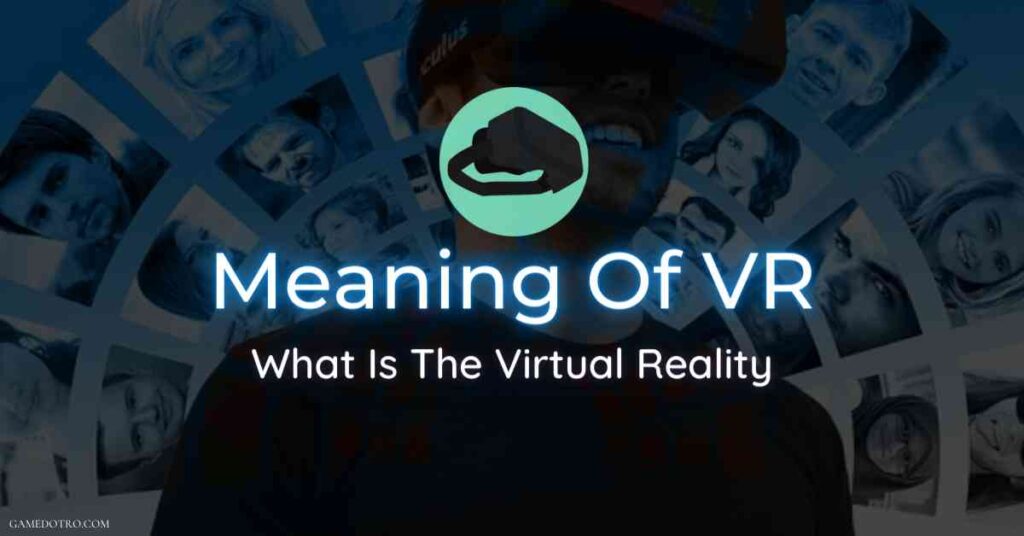What is the meaning of VR? It is short for Virtual Reality, and it is a high-tech form of amusement that was created by the American company, Magic Leap. Magic Leap’s chief technology John Carmack explained the meaning of VR in an interview with USA Today (video here).
The VR is not something like the computer games we know from our childhoods, but it is “mind control technology”, much like hypnosis is to the mind. One of the most exciting things about this technology is that it can be applied not only to the entertainment industry but to all kinds of work, both in the military and in the healthcare industry.
VR – Virtual Reality
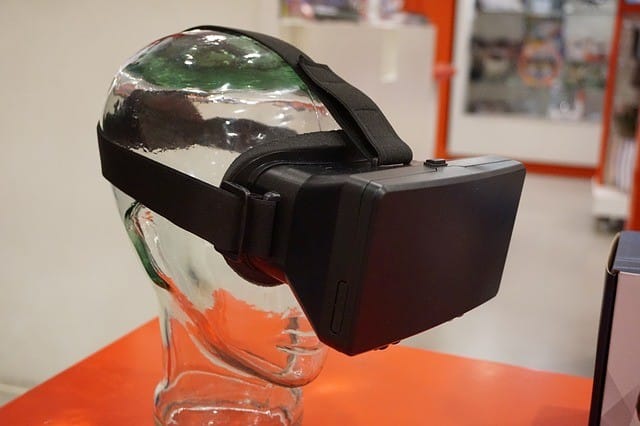
Virtual reality or VR is a futuristic term that describes any technology with the ability to immerse the user into another world. From movies to video games, there are countless VR technologies available today. In fact, it seems the only thing holding back the next great VR invention from hitting the market is the fact that no one is quite sure what the key benefits are. With more VR headsets hitting the consumer markets, what are their key advantages them and how can they change gaming?
Immersive virtual reality headset. A head-mounted device that completely wraps around the user’s eyes for an interactive 3D virtual reality. Also known as “VR goggles,” VR goggles can be wholly self-contained like the Rift or the Vive.
Much less expensive than their Rift and Vive counterparts, these devices require the use of a smartphone to strap the unit to the user. They have the same benefits as their Rift and Vive competitors. However, these headsets allow for much more interactivity than their competitors.
Enhanced senses. By allowing the user to use his or her five senses in VR, users are given a heightened sense of awareness. By using the five senses to navigate through the world, the player is presented with an image as relevant to that world as if that image was a real-world counterpart. By allowing the senses to function in this manner, users feel more in tune with their surroundings and in turn react with their actions in a more natural fashion.
The history of VR (virtual reality)
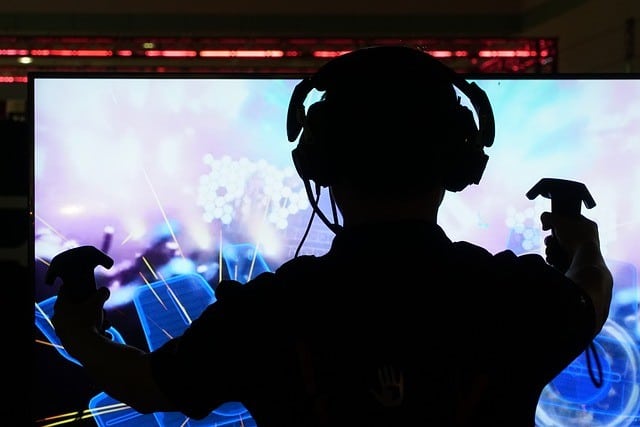
The History of VR is an intriguing look at the history of immersive reality, the future of interactive reality, and how VR may impact all aspects of our lives. VR is the buzzword of the moment, and with good reason. VR, or virtual reality, is the next generation of video gaming. Serious and casual alike are jumping on board the VR bandwagon. VR is poised to take a big hit in the consumer market, and in the technology sector, with each passing year.
It’s not just the games, though, the technology behind the headsets that have driven the recent popularity. The first wave of VR headsets had a humble beginning. Back in 1993, a company called Lucid Concepts introduced what’s known as the Cardboard Headset.
This crude but impressive device used a pair of glasses, a belt clip, and a push-button for movement. With such rudimentary technology, it was little wonder that VR quickly became associated with crude and primitive gaming.
Since then, the history of VR technology has been one of constant evolution. Cardboard and headset designs have been updated multiple times, each introducing new ways to interact with the virtual world. Early VR headsets were crude, but the advances in ergonomics and design have steadily improved. With so much more VR gear available for purchase, it’s easy to see why the history of VR has been one of constant evolution.
Advancements
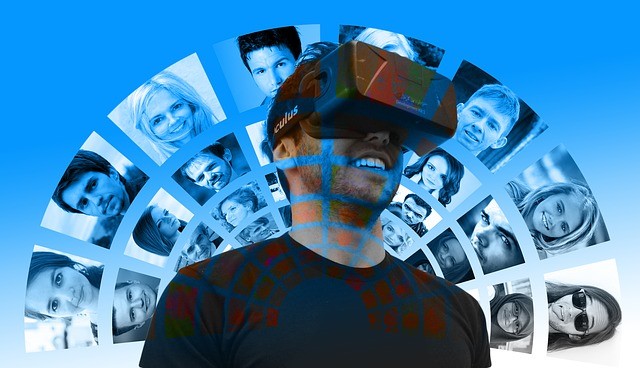
With so many advancements in hardware and software, there are now many different types of VR headsets in use. Each has something unique to offer, which is why the history of immersive virtual reality is so intertwined with the growth of this technology. Early VR products simply allowed users to communicate through hand movements and the like.
But as headsets began to incorporate 3D audio and visuals, they opened the door to more sophisticated interaction. Now, a Rift headset may let you chat in real-time using your hands for a language barrier, or it may let you map out a scene using a map and interact with objects within it. Even the most basic VR headsets have the potential to be very powerful tools for language translation and communication.
Mark Zuckerberg and his colleagues at Facebook had another major influence on the future of VR. They saw that the potential of VR was to take the idea of augmented reality and apply it to the internet. By creating Facebook’s own headset called the Rift, they created a system that let people carry around a computer on their head that contained almost all of the necessities of a high-tech web browser.
Using the Rift, internet users could visit virtual worlds that were built around social settings, real-world objects, and even things that could be found online. This is the history of VR, and it’s only going to get bigger.
A decade ago, we didn’t think anything of the idea of virtual reality. Now, the history of VR has taken a completely different turn. People across the world are going to be lucky enough to experience this incredible technology firsthand before anyone else.
What is the virtual reality (VR)?

Virtual reality is a digitalized simulation that is different from or similar to the real world. Many applications of virtual reality are technology-related, such as education, entertainment, and business. Gaming is also a great example of an application of virtual reality.
Games are a good example of how what is virtual reality is used today. Computer games are a great form of what is virtual reality because they create an artificial environment in which the player has to survive. There are many different types of video games, from first-person shooter games to MMORPGs or massively multiplayer online role-playing games.
In computer graphics, there is another application of what is virtual reality. In computer graphics, an artificial environment is created that is similar to a real environment. For instance, using photorealistic image processing, images are processed so that they appear as though they are in their virtual environments.
There are many uses of computer graphics, from creating complex images to creating realistic backgrounds for real photographs. Video games take advantage of computer graphics.
Another application of virtual reality is augmented reality. Augmented reality takes digital information and displays it in a different form than what we see in the real world around us. For instance, an image may be displayed on your computer screen that looks like a brick wall when viewed in your glasses, but when you put your hand near the frame you can feel that wall just from your fingertips. Augmented reality allows you to interact with the virtual world around you.
A great example of an application of augmented reality is Google Glass. Google Glass is a futuristic smartphone that combines the advantages of smartphones and computer hardware. Users take advantage of the camera feature of Google Glass to capture photos and videos of everything around them, as well as make voice calls.
Advantage

The advantage of this technology is that it can be used anywhere. This is a big step forward in bringing augmented reality to the consumer. However, there are still many more advancements to be made before augmented reality becomes commonplace.
The next frontier for augmented reality will likely be the use of VR devices. Currently, there are tons of headsets on the market that let consumers experience 3D graphics in virtual worlds. Soon, there will likely be hundreds of different VR devices on the market that allow consumers to seamlessly enjoy augmented reality. It will not be long before we experience virtual landscapes with our own headsets that are capable of rendering entire cities and virtual towns.
The future of immersive computing looks very bright. Consumer-grade VR headsets with complete and utter surround sound capabilities will allow consumers to enjoy all of the richness and the immersion that true VR provides. Uploaded videos will no longer be restricted to a small window inside of the headset, but will be able to go to places that are otherwise out of reach.
There is no reason why consumers should think that augmented reality will be limited to just video games. There is also no reason why we shouldn’t enjoy the benefits of zero-gravity adventures, as well as being able to enjoy all of the sights and sounds that a truer experience can offer.
If we want to experience true VR then it makes sense to look into the different types of VR headsets on the market. With the growth of smartphones and tablets, it seems as if the future of entertainment and communication may be in the form of 3-D virtual reality. It will be interesting to see what comes next!
How do virtual reality work? (VR)
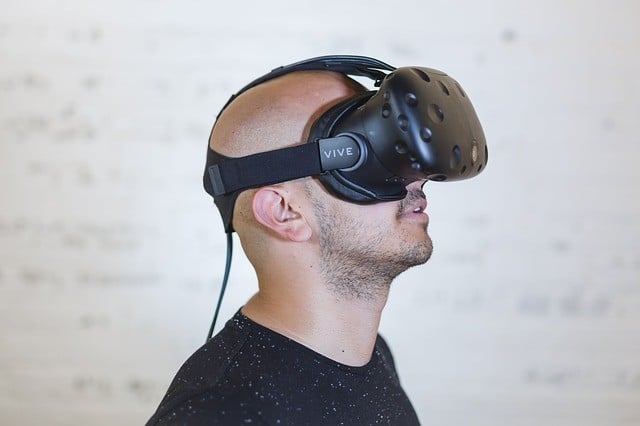
You might have heard a lot about Virtual Reality, but you may not understand how it works. First of all, what is Virtual Reality? Virtual Reality is an idea that came out of the U.S. in the 1990s; it is the idea that you can create digital worlds and then interact with them using computers, such as with the Internet or other computer network. We are almost at that point with how to do virtual reality works, although many people still have trouble conceptualizing how VR will be helpful.
We live in a world where we are constantly moving. We work and then play, and then sleep. This constant movement creates a void within us. When we lay down to sleep our minds are still active. This means we are not aware of any time, since our brain will not shut off while we are asleep.
In the absence of waking up from a dream, we continue to move. This is because our body is alive and moving. In a dream, our body is inactive and immobile. How can this be possible?
Answer
To answer this question, we need to study how dreams occur. When you go to sleep at night, you go into a state of hypnosis. Your subconscious mind takes over your conscious mind and creates a dream. The conscious mind is busy thinking about something else, while your subconscious mind is working on creating a new reality in your dreams.
If you were to take a picture of your subconscious and put it in front of your eyes, you would not be able to see your own body. This is because your virtual reality is a reflection of your own real life. This reality is a computer-generated image. If you put your brain in front of a computer screen, there would be no way for your brain to see itself.
So how do virtual reality work is an interesting question, but it is much more important that we have the ability to translate our dreams into computer codes that will create a physical body in the future. If we cannot figure out how to translate our dreams into digital information, then we will always wake up from a dream without a body. This may seem like a rather fanciful question, but what is truly important is how to do virtual reality work for our current virtual reality needs.
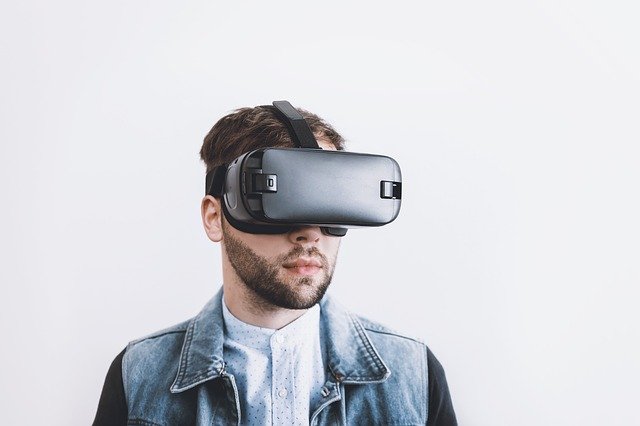
I think this article is very helpful to you if you like my article kindly leave a comment. and if you want you can contact me shortly

